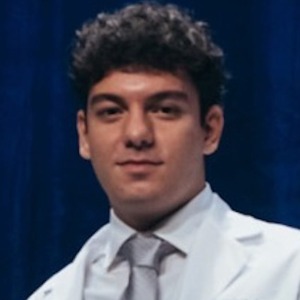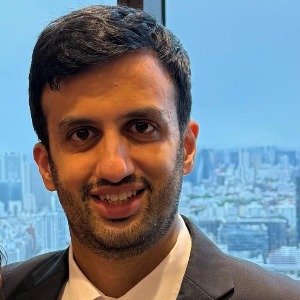Functional Training
Functional Training is a fitness paradigm that prioritizes movements and exercises that mirror real-life activities, emphasizing the development of strength, flexibility, and coordination for improved functionality in daily tasks. This approach recognizes the interconnectedness of muscles and joints and seeks to enhance the body's ability to perform a wide range of activities with efficiency and reduced risk of injury. One hallmark of functional training is its focus on compound movements and multi-joint exercises. Compound movements involve multiple muscle groups and joints, simulating the integrated nature of activities encountered in daily life. Exercises like squats, deadlifts, and lunges, which engage the lower body, core, and upper body simultaneously, form the foundation of functional training. Multi-joint exercises, such as push-ups and rows, further contribute to the development of functional strength and coordination. Incorporating various tools and equipment adds versatility and challenge to functional training. Stability balls, resistance bands, kettlebells, and free weights are commonly used to create a dynamic and varied workout routine. These tools introduce instability, forcing the body to engage stabilizing muscles and promoting better overall balance and proprioception. The adaptability of functional training allows for customization based on individual fitness levels, making it accessible to a broad demographic, from beginners to advanced athletes. Functional training is particularly beneficial for athletes seeking sport-specific improvements, older adults aiming to enhance balance and mobility, and individuals in rehabilitation.

Stephen S Tower
University of Alaska Anchorage, United States
Marcos Brioschi
American Academy of Thermology, United States
Wagih El Masri
Keele University, United Kingdom
Arif Akkok
Lake Erie College of Osteopathic Medicine, United States
Akash Ganguly
Warrington and Halton Hospitals NHS FT, United Kingdom
Sajid Ali
The Dudley Group NHS Foundation Trust, United Kingdom




Title : The UK profemur recall and implant cobaltism
Stephen S Tower, University of Alaska Anchorage, United States
Title : The tomographic phenotype and the genotype of wormain bones
Ali Al Kaissi, National Ilizarov Medical Research Center for Traumatology and Orthopaedics, Russian Federation
Title : New treatment of muscle contracture and joint contracture through muscle regeneration with mitochondrial dynamics
Ki Ji Lee, Busan Medical University, Korea, Republic of
Title : New treatment of sarcopenia through muscle regeneration with mitochondrial dynamics
Ki Ji Lee, Busan Medical University, Korea, Republic of
Title : The prevalence and association of self-reported depression symptoms with musculoskeletal pain and quality of life among pregnant women
Youssef Masharawi, Tel Aviv University, Israel
Title : Bipolar hemiarthroplasty under local anesthesia (2%)
Ketan Karabhai Parmar, Aayush Multispecialty Hospital, India